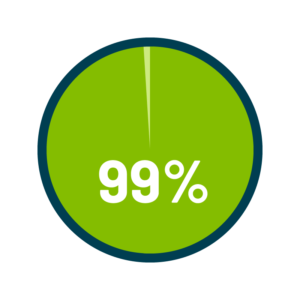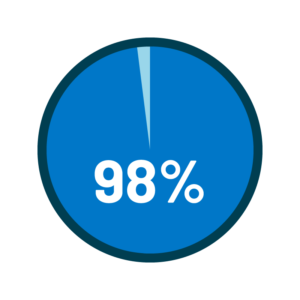Research advances ophthalmology. For example, the results from past studies has lead to treatments beyond drop therapy for glaucoma patients. Without clinical studies, cataract surgery might still be performed solely with a blade instead of being the laser-focused procedure it is today. Forty-somethings looking for freedom from glasses might still be soaking their contact lenses in solution overnight.
Thanks to research, all this and more are made possible for those seeking clear vision. Exciting breakthroughs like that spur doctors to continue honing their skills, something that’s especially true at Valley Eye Associates. Here we not only enthusiastically embrace research, but we also actively participate in clinical studies. Our patients — some of whom are facing serious vision conditions — are counting on us to be on top of the latest advancements.
And we are. Valley Eye Associates values research so highly that we make it a practice-wide priority. We’re involved in studies that advance laser vision correction along with those that explore better treatments for cataracts, glaucoma, cornea, and dry eye.
Rest assured, Valley Eye Associates only agrees to participate in research studies we’ve thoroughly investigated and would perform on ourselves or loved ones. Research moves the field forward, and that’s always a good thing for patients; however, we are also committed to conducting research in the safest, most efficacious manner possible.
Interested in participating in a research study? Our doctors are all familiar with our current studies and the ideal patient profile for each. If you’re a match, your doctor will share the research opportunity with you.
We do not recommend that patients put off treatment to participate in a research study.



